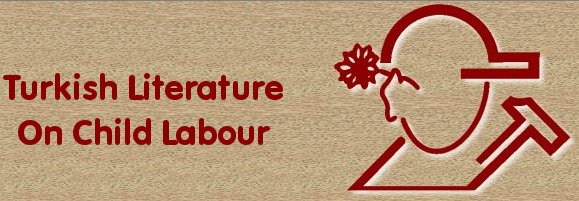Children Workers Distorted Bodies
Title of the Study: Children Workers Distorted Bodies
Type of the Study: Book
Author of the Study: Duyar, İzzet
Özener, Barış
Presentation,,
Year/Place of Publication: Ankara, 2003
Language of the Study: Turkish
Number of Pages: 224
Purpose: This book seeks an answer to how hundreds of millions of young bodies are affected from working conditions. Historical development and current status of child labor in the world and in Turkey are also discussed.
Content: The Book touches the historical perspectives of ‘child labor’ emerging as a new phenomenon following the entry of capitalism into the industrialization stage in Western Europe, and then discusses the situation specifically in Turkey with a field study based on detailed data.
Method: Literature scanning and field study methods have been used. To determine the distortions made by the working life on the child body, child apprentices in urban workshops are examined. To do this, a study has been conducted on 532 male apprentices aged between 14-18 in two big apprentice training centers in Ankara who attend to the center one day a week under the law and do practice in a workplace in other days in the area they are trained. To determine the bodily distortions in working children, non-working students in the same age range and from the same socio-economic level has been examined as control group and effects of working life on the apprentice children are demonstrated.
Excerpt: Although legal regulations are made to prevent child labor by having tem work as workers and regulations are set for limiting and elimination of child labor starting from the industrialization period and although at least labor safety of children and youth is struggled to be ensured, the problem still remains there; and it is even seen that child labor is resorted more in non-Western societies in parallel with the increase of poverty.
Some keywords: apprentices, child development, ectomorphy, endomorphy, socio-economic level
